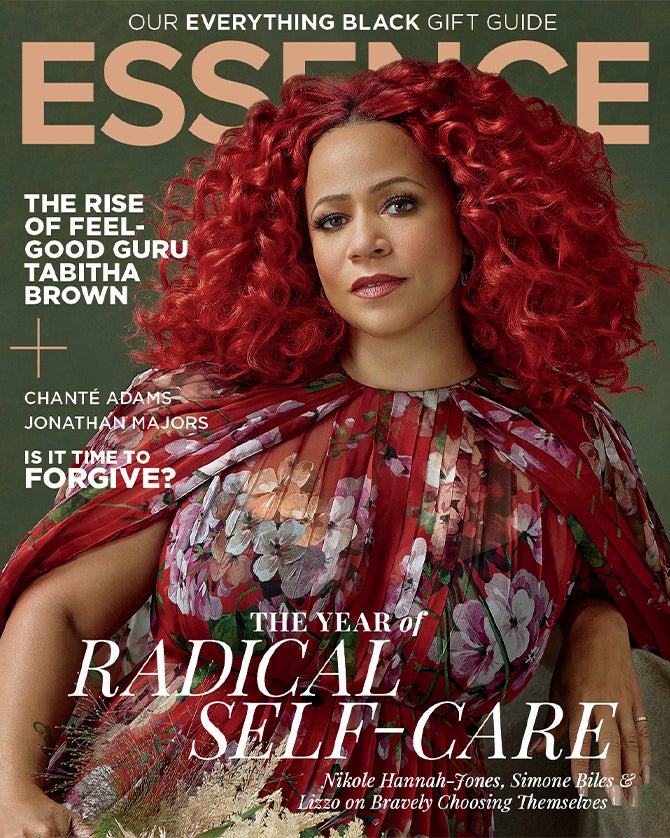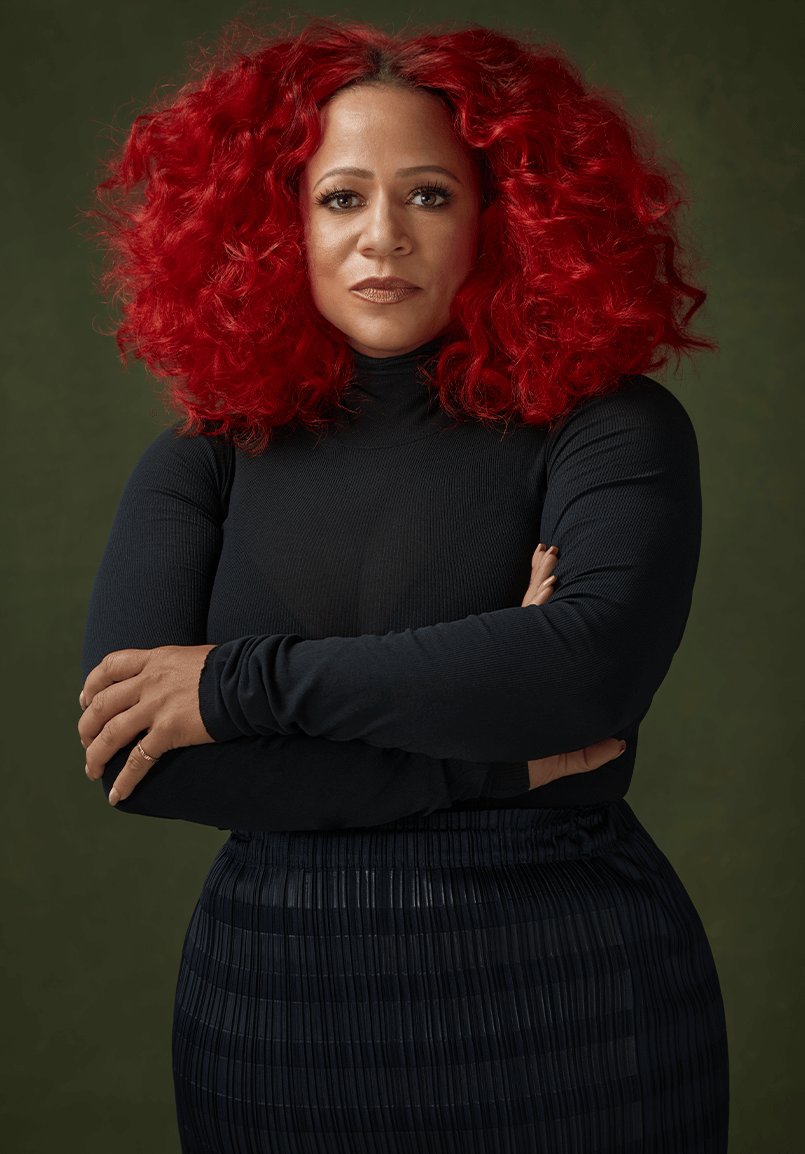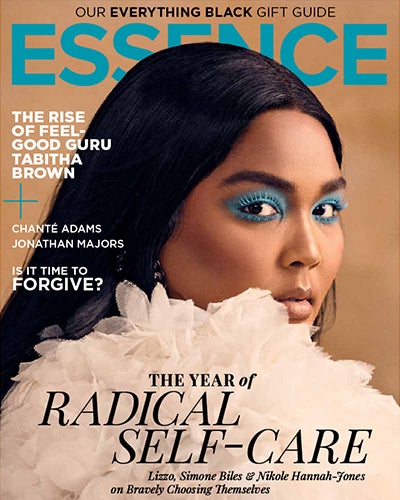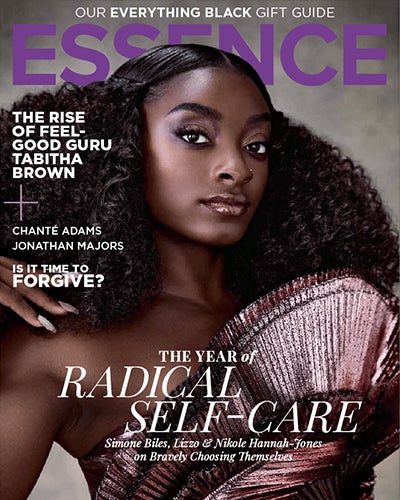styles

The year of saying no
NIKOLE HANNAH-JONES
For journalist Nikole Hannah-Jones, choosing to be treated with respect led to something greater.
By Malaika Jabali | Photography by itaysha Jordan
Saying “no” can be an act of self-preservation. For Pulitzer Prize–winner Nikole Hannah-Jones, it may also be an act of service.
The University of North Carolina-Chapel Hill had pursued Hannah-Jones for a tenured position, but when she accepted, the school unexpectedly withdrew the tenure portion of the offer. After a month of faculty protests and resignations, UNC-Chapel Hill eventually caved and approved the tenure. But Hannah-Jones was playing chess, not checkers. In a surprise move, she declined the position and announced she would join the faculty of Howard University instead. “It was important for me to say no to UNC, for my dignity, my self-respect,” she explains. “And then, outside of me, I needed to do it for Black people and marginalized people, for their dignity and respect, too.”
It was important for me to say no to UNC, for my dignity, my self-respect.”
WHEN ‘NO’ OPENS DOORS

The process of granting university tenure does not ordinarily capture national headlines. But Hannah-Jones’s work is anything but ordinary. The 1619 Project she conceived as a special issue of The New York Times Magazine is a collection of essays and art that recenters Black American enslavement and labor in the country’s founding history. The groundbreaking work has since been published as a book, The 1619 Project: An Origin Story, with new contributions on the Haitian Revolution and settler colonialism.
Predictably, Hannah-Jones’s work has taken on an outsized meaning for prominent right-wingers. Former President Donald Trump challenged her 1619 Project with a “1776 Commission.” UNC donor Walter Hussman, Jr., after whom UNC’s journalism school was named following his $25 million pledge, reportedly questioned Hannah-Jones’s credentials, possibly influencing the revocation of her tenure offer. “When reporting came out that a very wealthy white male donor was disparaging me as a journalist,” Hannah-Jones later says, referring to Hussman, “I knew that I could not ever work for a school named after him.”
Across the country, a chorus of voices were raised in solidarity with Hannah-Jones. “A lot of people were watching, people who you wouldn’t think would have any investment at all in whether some New York Times reporter gets tenure at a university,” notes Hannah-Jones. “One TSA agent told me, ‘I hope North Carolina does right by you.’”
In the end, her antagonists cleared the journalist’s path to mentoring and developing more reporters of color. Hannah-Jones is creating Howard University’s Center for Journalism and Democracy, which will also provide resources to HBCU students beyond Howard. Mirroring Hussman’s UNC donation, she has raised $25 million to fund the center. Here’s to a $25 million check, mate.
Credits:
Photographer, Itaysha Jordan
Writer, Malaika Jabali
Stylist, Jason Rembert
Stylist Assistant, Christina Arroyo
Makeup Artist, Jessica Smalls at The Wall Group using Bobbi Brown
Hair Stylist, Monaè Everett for Epiphany Artists using Biolage Hair Care
Manicurist, @pipbuzzz
ESSENCE Team:
Deputy Editor, Cori Murray
Creative Director, Nia Lawrence
Senior Editor, Brande Victorian
Senior Photo Editor & Producer, Michele Brea
Style & Beauty Editor, Blake Newby
Graphic & Motion Designer, Imani Nuñez
Social Media Director, Charisma Deberry
Video Producer, Yazmin Ramos
Videographer, Jean Paul Dia
Senior Web Developer, Victoria Sumner
Clothing Credits for Hannah-Jones (In Order Of Appearance):
Gucci 2015 Re-Edition Floral Print Dress, Price Upon Request, Gucci.com
Marc Jacobs Black Ribbed Turtleneck, $895, bergdorfgoodman.com
Issey Miyake Pleats Please Dark Navy Wafers Skirt, $535, Issey Miyake Stores
Aliétte Custom Gold Gown, Price Upon Request, Alietteny.com
For full Where to Buy shoppping info, pick up the November/December 2021 issue of ESSENCE, on newsstands now.
Click to view our other covers


